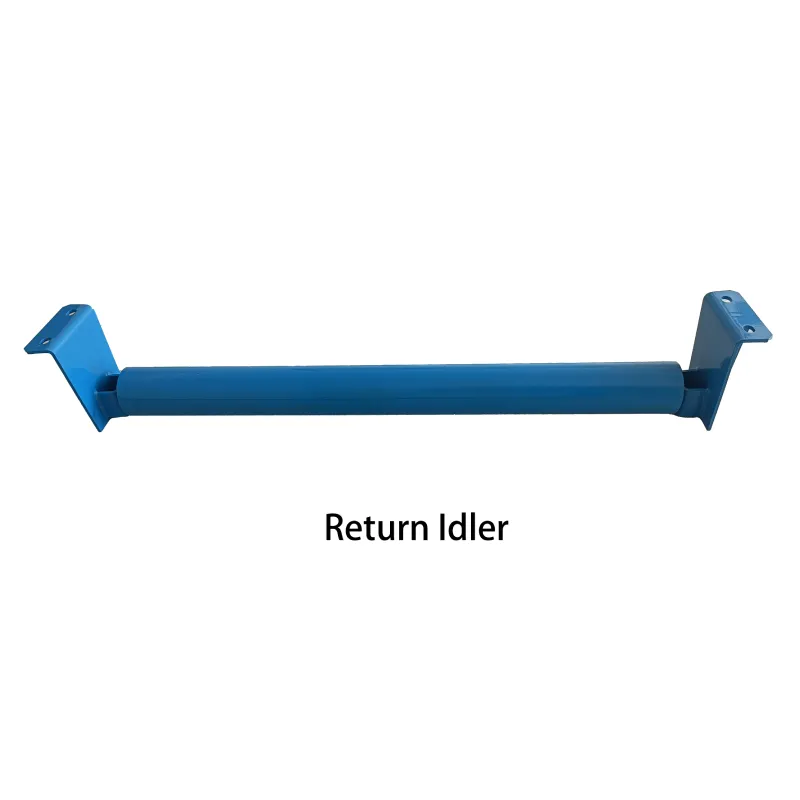 Afrikaans
Afrikaans  Albanian
Albanian  Amharic
Amharic  Arabic
Arabic  Armenian
Armenian  Azerbaijani
Azerbaijani  Basque
Basque  Belarusian
Belarusian  Bengali
Bengali  Bosnian
Bosnian  Bulgarian
Bulgarian  Catalan
Catalan  Cebuano
Cebuano  Corsican
Corsican  Croatian
Croatian  Czech
Czech  Danish
Danish  Dutch
Dutch  English
English  Esperanto
Esperanto  Estonian
Estonian  Finnish
Finnish  French
French  Frisian
Frisian  Galician
Galician  Georgian
Georgian  German
German  Greek
Greek  Gujarati
Gujarati  Haitian Creole
Haitian Creole  hausa
hausa  hawaiian
hawaiian  Hebrew
Hebrew  Hindi
Hindi  Miao
Miao  Hungarian
Hungarian  Icelandic
Icelandic  igbo
igbo  Indonesian
Indonesian  irish
irish  Italian
Italian  Japanese
Japanese  Javanese
Javanese  Kannada
Kannada  kazakh
kazakh  Khmer
Khmer  Rwandese
Rwandese  Korean
Korean  Kurdish
Kurdish  Kyrgyz
Kyrgyz  Lao
Lao  Latin
Latin  Latvian
Latvian  Lithuanian
Lithuanian  Luxembourgish
Luxembourgish  Macedonian
Macedonian  Malgashi
Malgashi  Malay
Malay  Malayalam
Malayalam  Maltese
Maltese  Maori
Maori  Marathi
Marathi  Mongolian
Mongolian  Myanmar
Myanmar  Nepali
Nepali  Norwegian
Norwegian  Norwegian
Norwegian  Occitan
Occitan  Pashto
Pashto  Persian
Persian  Polish
Polish  Portuguese
Portuguese  Punjabi
Punjabi  Romanian
Romanian  Russian
Russian  Samoan
Samoan  Scottish Gaelic
Scottish Gaelic  Serbian
Serbian  Sesotho
Sesotho  Shona
Shona  Sindhi
Sindhi  Sinhala
Sinhala  Slovak
Slovak  Slovenian
Slovenian  Somali
Somali  Spanish
Spanish  Sundanese
Sundanese  Swahili
Swahili  Swedish
Swedish  Tagalog
Tagalog  Tajik
Tajik  Tamil
Tamil  Tatar
Tatar  Telugu
Telugu  Thai
Thai  Turkish
Turkish  Turkmen
Turkmen  Ukrainian
Ukrainian  Urdu
Urdu  Uighur
Uighur  Uzbek
Uzbek  Vietnamese
Vietnamese  Welsh
Welsh  Bantu
Bantu  Yiddish
Yiddish  Yoruba
Yoruba  Zulu
Zulu pulley lagging rubber
Understanding Pulley Lagging Rubber Importance and Applications
Pulley lagging rubber plays a crucial role in various industrial applications, especially in the mining and materials handling sectors. This specialized rubber material is primarily utilized for covering the surface of pulleys, providing a textured surface that enhances grip and minimizes slippage. The innovation in pulley lagging has revolutionized the way materials are transported, ensuring greater efficiency and safety in multiple operations.
One of the primary functions of pulley lagging is to improve the friction between the pulley and the belt. In conveyor systems, the lagged surface allows for better traction, which is vital for preventing slippage during operation. When belts slip, it can lead to a significant loss in efficiency, increased wear on equipment, and potential safety hazards. By using high-quality lagging rubber, industries can ensure that their conveyor systems operate seamlessly and maintain optimal performance.
Moreover, the durability of lagging rubber is another critical attribute contributing to its widespread use. The material is designed to withstand harsh environmental conditions, including exposure to moisture, extreme temperatures, and chemicals. This resilience means that companies can significantly reduce maintenance costs and frequency, allowing for uninterrupted operations. Additionally, the durability of the lagging material extends the lifespan of both the pulley and the conveyor belt, leading to cost savings in the long run.
pulley lagging rubber

In terms of application, pulley lagging rubber is used across various industries
. In mining, for example, it helps in the transportation of materials like coal, ores, and minerals through conveyor belts. The rubber's ability to provide enhanced traction ensures that heavy loads are moved efficiently without the risk of slippage or damage. Similarly, in manufacturing and shipping, lagging is essential for maintaining the smooth functioning of conveyor systems that transport products along assembly lines or to shipping docks.Another noteworthy advantage of pulley lagging rubber is its ability to reduce noise levels during operation. The rubber material acts as a sound dampener, minimizing the noise produced by the friction between the belt and pulley. This aspect is particularly important in industrial settings where excessive noise can lead to a hazardous working environment.
In conclusion, the significance of pulley lagging rubber cannot be overstated. It enhances the efficiency, safety, and longevity of conveyor systems across various industries. As technology advances, we can expect further innovations in the formulation and application of lagging rubber, leading to even better performance and reliability in industrial operations. Investing in quality lagging rubber is not just a matter of performance, but a crucial step towards achieving overall operational excellence.
-
Revolutionizing Conveyor Reliability with Advanced Rubber Lagging PulleysNewsJul.22,2025
-
Powering Precision and Durability with Expert Manufacturers of Conveyor ComponentsNewsJul.22,2025
-
Optimizing Conveyor Systems with Advanced Conveyor AccessoriesNewsJul.22,2025
-
Maximize Conveyor Efficiency with Quality Conveyor Idler PulleysNewsJul.22,2025
-
Future-Proof Your Conveyor System with High-Performance Polyurethane RollerNewsJul.22,2025
-
Driving Efficiency Forward with Quality Idlers and RollersNewsJul.22,2025





























